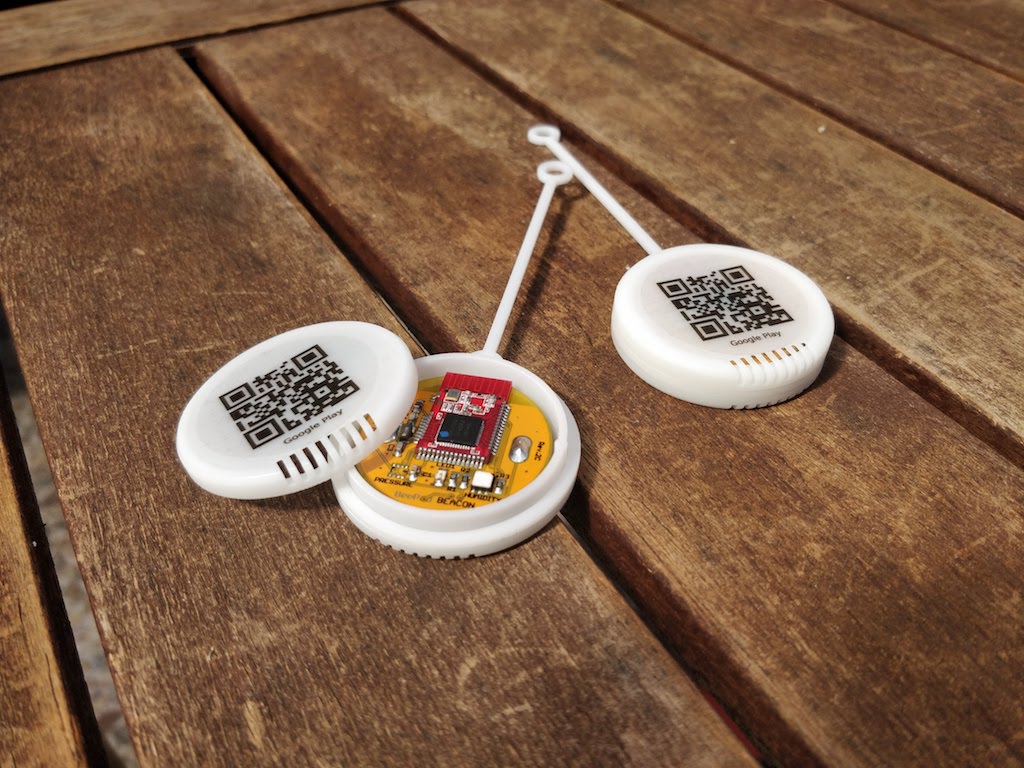 and still keeping it shrinking (more thin). Now being migrated to nRF52832 (on picture still nRF51822) and getting rid of extra height. Easily programmable with mbed. This is just bluetooth temperature beacon for in-hive placement. Bigger sensor takes measurement long-distance
and still keeping it shrinking (more thin). Now being migrated to nRF52832 (on picture still nRF51822) and getting rid of extra height. Easily programmable with mbed. This is just bluetooth temperature beacon for in-hive placement. Bigger sensor takes measurement long-distance 
Peter
6 Likes